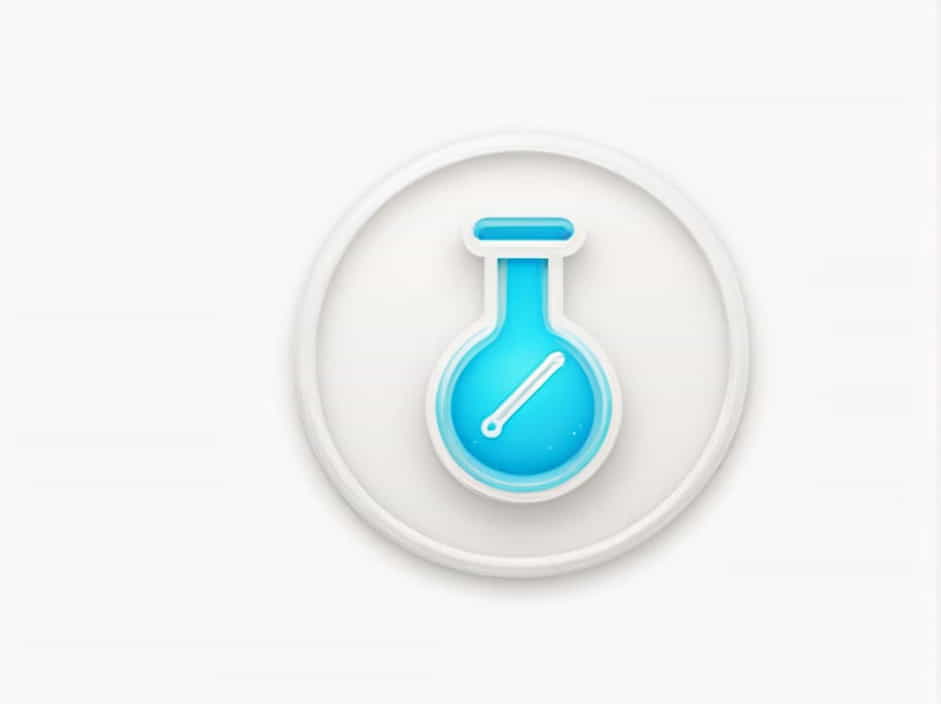Gastric acid secretion is a crucial physiological process in the digestive system. The stomach produces hydrochloric acid (HCl) to aid in digestion, kill harmful microorganisms, and activate digestive enzymes. The regulation of gastric acid secretion involves a complex interplay of cells, hormones, and neural signals.
The parietal cells in the gastric mucosa are responsible for hydrochloric acid production, which helps break down food and facilitates nutrient absorption. Several factors influence this process, including hormonal, neural, and chemical stimuli. Understanding the mechanism of gastric acid secretion is essential for managing conditions like acid reflux, gastritis, and peptic ulcers.
Anatomy of Gastric Acid Secretion
The stomach has three primary cell types involved in acid secretion:
-
Parietal Cells – Produce hydrochloric acid (HCl).
-
G Cells – Secrete gastrin, a hormone that stimulates acid production.
-
Enterochromaffin-like (ECL) Cells – Release histamine, which enhances acid secretion.
These cells work together to regulate acid production in response to food intake and other physiological stimuli.
Phases of Gastric Acid Secretion
Gastric acid secretion occurs in three distinct phases:
1. Cephalic Phase (Anticipatory Phase)
This phase is triggered by sight, smell, taste, and thought of food. The brain sends signals via the vagus nerve to stimulate gastrin, histamine, and acetylcholine release, all of which enhance acid secretion.
2. Gastric Phase (Food in the Stomach)
Once food enters the stomach, gastric distension (stretching of the stomach wall) stimulates gastrin release from G cells. Gastrin then activates parietal cells to produce more acid.
3. Intestinal Phase (Food in the Small Intestine)
When partially digested food reaches the duodenum, inhibitory signals slow down acid secretion. Secretin and cholecystokinin (CCK) help balance gastric acid levels to prevent excessive acidity.
Regulation of Gastric Acid Secretion
Gastric acid secretion is tightly regulated by neural, hormonal, and chemical mechanisms.
1. Neural Regulation
The vagus nerve (parasympathetic nervous system) plays a significant role in acid secretion.
-
Acetylcholine (ACh), released by vagal nerve endings, binds to muscarinic receptors (M3 receptors) on parietal cells, stimulating HCl secretion.
-
The vagus nerve also stimulates G cells to release gastrin and ECL cells to release histamine.
2. Hormonal Regulation
Three major hormones regulate acid secretion:
a. Gastrin (Stimulatory)
-
Released by G cells in response to food.
-
Binds to gastrin receptors (CCK2 receptors) on parietal cells.
-
Enhances acid production by stimulating histamine release from ECL cells.
b. Histamine (Stimulatory)
-
Released by ECL cells in response to gastrin and acetylcholine.
-
Binds to H2 receptors on parietal cells, leading to increased acid secretion.
-
H2-receptor blockers (e.g., ranitidine, famotidine) reduce acid production by blocking this pathway.
c. Somatostatin (Inhibitory)
-
Released by D cells in response to high acidity.
-
Inhibits gastrin, histamine, and direct parietal cell stimulation, reducing acid secretion.
3. Chemical Regulation
-
Low pH (high acidity) inhibits further acid secretion through negative feedback.
-
Peptides and amino acids in food stimulate gastrin release.
-
Prostaglandins (PGE2) help protect the gastric lining by reducing acid secretion and increasing mucus production.
The Role of Parietal Cells in Acid Secretion
1. The Proton Pump (H+/K+ ATPase Enzyme)
The proton pump is the primary driver of gastric acid secretion.
-
Hydrogen ions (H⁺) are actively secreted into the stomach lumen in exchange for potassium ions (K⁺).
-
This process requires ATP energy and is facilitated by the H+/K+ ATPase pump located in the parietal cell membrane.
-
Chloride (Cl⁻) ions passively follow H⁺ into the stomach, forming hydrochloric acid (HCl).
2. Inhibition of Proton Pumps
Proton pump inhibitors (PPIs) like omeprazole, pantoprazole, and esomeprazole block H+/K+ ATPase, reducing acid production and treating acid-related disorders.
Factors Influencing Gastric Acid Secretion
Several factors impact the rate and amount of acid secretion:
1. Stimulators of Acid Secretion
-
Food intake (especially protein-rich foods)
-
Vagus nerve stimulation (sight, smell, taste of food)
-
Gastrin and histamine release
-
Acetylcholine activation
2. Inhibitors of Acid Secretion
-
High gastric acidity (low pH) triggers negative feedback
-
Somatostatin release from D cells
-
Secretin from the small intestine
-
Prostaglandins (protective effect on the stomach lining)
Clinical Implications of Gastric Acid Secretion
1. Acid-Related Disorders
-
Gastroesophageal Reflux Disease (GERD) – Excess acid refluxing into the esophagus, causing heartburn.
-
Peptic Ulcers – Erosion of the stomach or duodenal lining due to excessive acid.
-
Zollinger-Ellison Syndrome – Overproduction of gastrin leading to excessive acid secretion.
2. Medications to Control Acid Secretion
-
Proton Pump Inhibitors (PPIs) – Reduce acid secretion by blocking the H+/K+ ATPase pump.
-
H2-Receptor Antagonists – Inhibit histamine-induced acid secretion (e.g., ranitidine, famotidine).
-
Antacids – Neutralize stomach acid (e.g., magnesium hydroxide, aluminum hydroxide).
Protective Mechanisms of the Stomach
Since gastric acid is highly corrosive, the stomach has several protective mechanisms:
-
Mucus Barrier – Secreted by goblet cells to protect the stomach lining.
-
Bicarbonate Secretion – Neutralizes excess acid near the mucosal surface.
-
Tight Junctions – Prevent acid leakage into deeper layers of the stomach.
-
Prostaglandins – Stimulate mucus and bicarbonate production while inhibiting acid secretion.
Disruptions in these protective mechanisms can lead to gastritis and ulcers.
The mechanism of gastric acid secretion is a well-coordinated process involving neural, hormonal, and chemical signals. The parietal cells, G cells, and ECL cells play a crucial role in regulating acid production.
Understanding this mechanism is essential for managing acid-related disorders like GERD and peptic ulcers. Treatments such as proton pump inhibitors (PPIs), H2-receptor blockers, and antacids help control excessive acid secretion and protect the stomach lining.
Maintaining a balanced diet, avoiding excessive NSAID use, and managing stress can support healthy gastric function and prevent acid-related complications.
